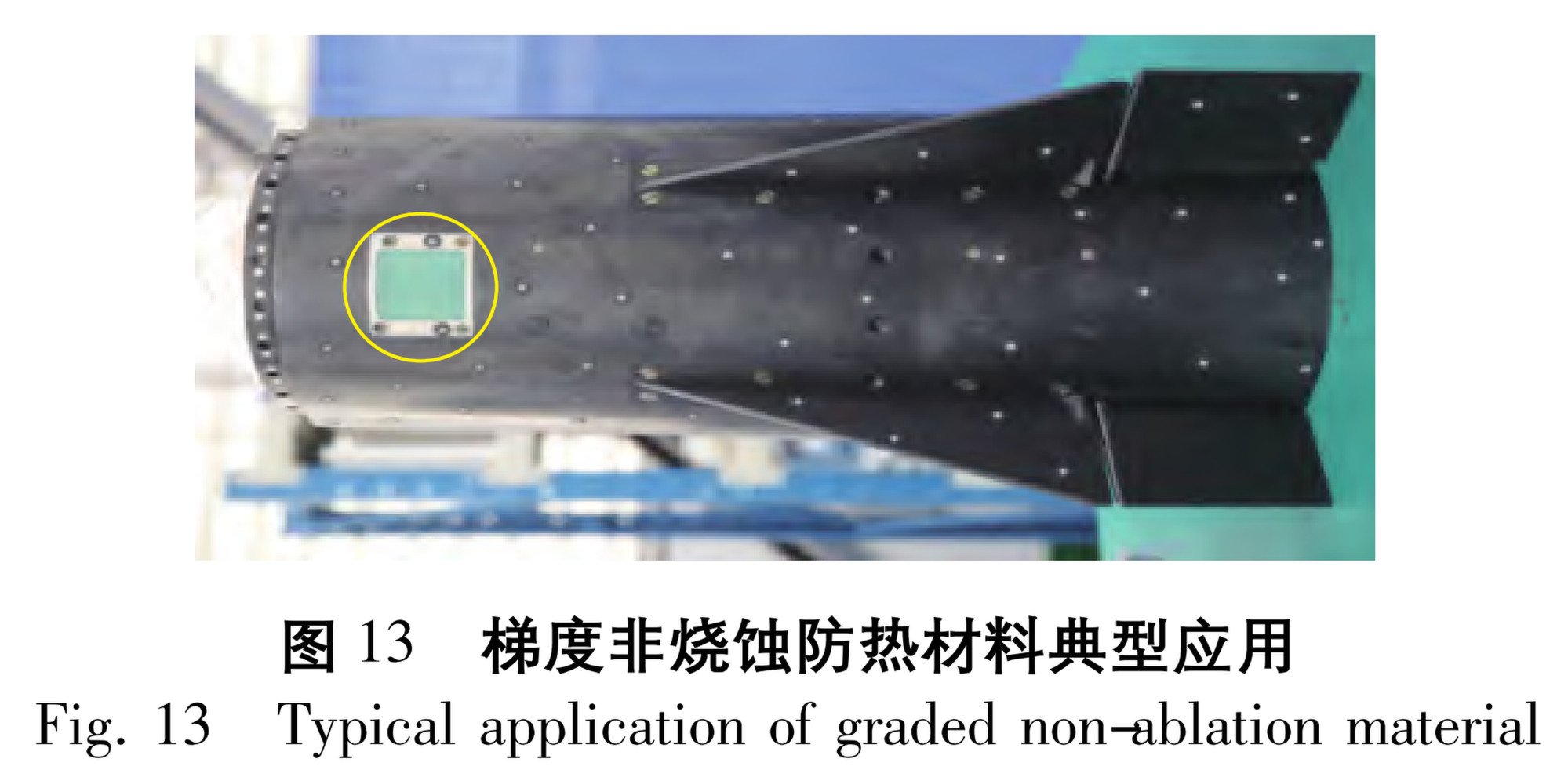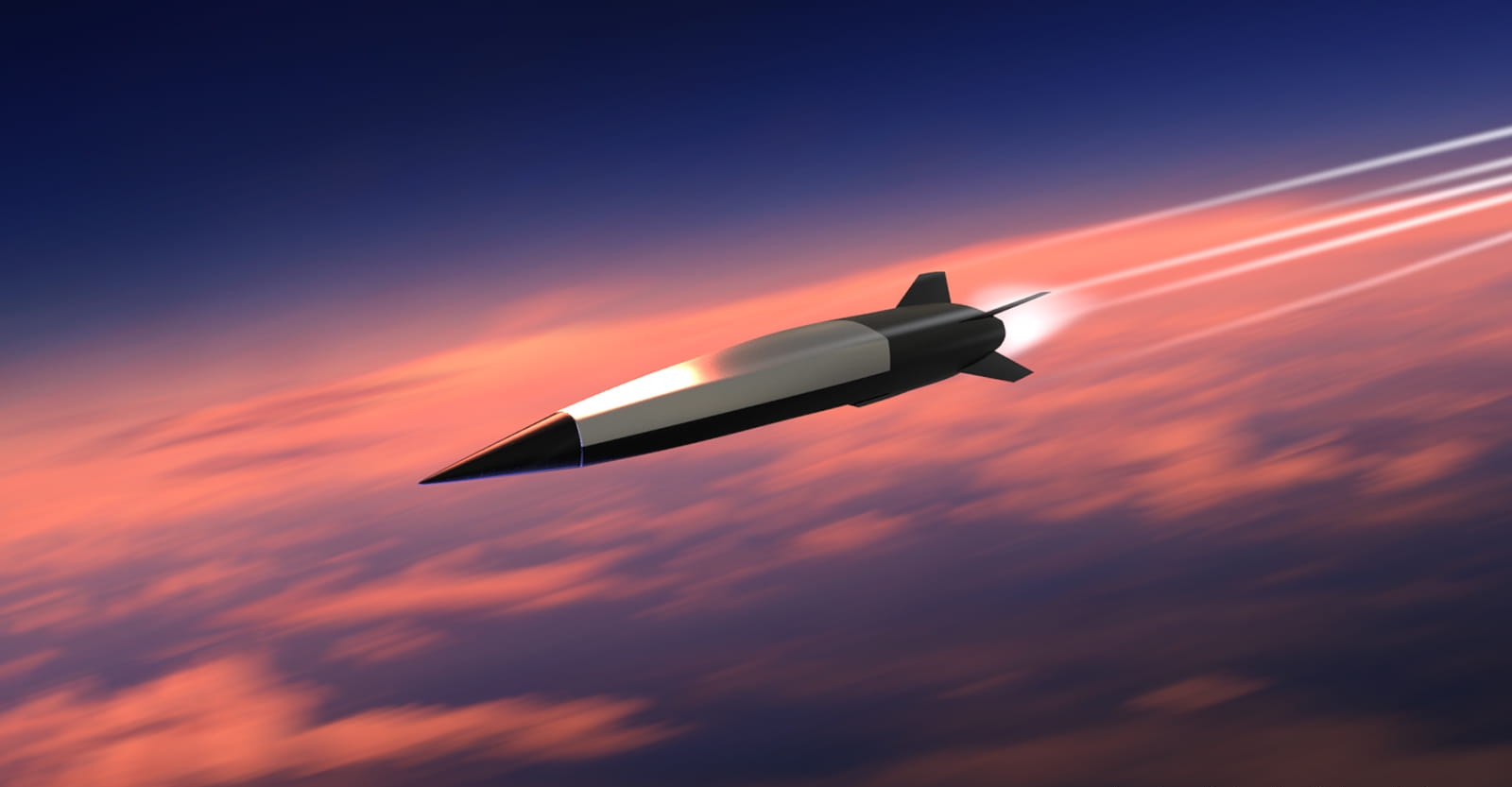In what could be a “groundbreaking” development, Chinese scientists have claimed to develop a new surface material designed for hypersonic vehicles, capable of enduring long flights – a previously impossible technological feat.
This remarkable achievement promises to revolutionize the field of hypersonic flight and has far-reaching implications for military and aerospace applications.
According to the SCMP, the material’s resilience was tested in a rigorous experiment conducted by the Chinese military. The material was applied to the surface of a cutting-edge “waverider,” an aircraft designed to utilize the shock waves generated during its flight to enhance lift.
The report added that the air surrounding the hypersonic aircraft was superheated to temperatures reaching thousands of degrees Celsius during the test.
The innovation of this exceptionally smooth, non-ablative surface extends beyond its ability to withstand extreme temperatures. Notably, it exhibited the capacity to maintain critical internal components of the aircraft at a cool, stable temperature.

Furthermore, the wireless signals effortlessly traversed the specialized surface, enabling seamless communication and target identification throughout the entirety of the flight.
The implications of this wireless connectivity in the hypersonic context are vast, promising unprecedented advancements in military and aerospace communication systems.
However, the exact details regarding the time and location of this test remain undisclosed. The report added that such new thermal protection technology could potentially advance the creation of a new wave of reusable hypersonic vehicles characterized by extended range and higher speeds.
Chinese researchers assert, “The hypersonic race has moved into a new stage.” Ai and his colleagues said, with “enormous challenges and opportunities.”
“With traditional ballistic missiles, the warhead could reach hypervelocity, or more than five times the speed of sound, before it dropped onto a target. With space shuttles and re-entry capsules, thermal tiles were added, which could burn and take away heat. But these hypersonic flights were short, usually lasting just a few minutes,” the researchers noted.
US Falls Behind China In Hypersonic Technology
Chinese researchers believe the US is still in the initial phase of the hypersonic race, focused on heat protection for high-speed flight.
In contrast, China has moved beyond this phase, having already deployed hypersonic missiles designed to target agile objects like aircraft carriers from long distances. The next stage in the race involves creating long-range, reusable platforms with diverse military and civilian applications.
These hypersonic aircraft have the potential to undertake reconnaissance missions, deploy munitions, intercept stealth aircraft like the F-22, or transport small special operations teams to any global location within a matter of hours.
However, this evolution necessitates a fundamental rethinking of heat management. However, with its recent success, China has also made significant progress in this direction.
Over the past decade, China has been at the forefront of hypersonic weapons development, conducting extensive flight tests for this next generation of weaponry.

Beijing has already reached the stage of deploying hypersonic weapons within its arsenal. This milestone has been matched by Moscow, which has utilized this type of advanced system in Ukraine.
US authorities have refrained from providing specific estimates regarding the quantities possessed by China and Russia. In stark contrast, Washington, despite its extensive history of research and engineering prowess in the field of hypersonics, lags.
The United States has conducted fewer flight tests than China and has not yet deployed active hypersonic missiles.
The origins of hypersonic research can be traced back to the late 1950s when American engineers led the way in exploring the possibilities of hypersonic technology, encompassing both missiles and aircraft.
The ambitious X-15 program saw the US military launch manned hypersonic test aircraft. However, the program’s promising developments were curtailed in 1968 as the United States became embroiled in the Vietnam War.
The emphasis shifted away from hypersonic aircraft, perceived as less relevant to the specific demands of fighting insurgents in jungle terrain.
Later, the United States redirected its focus toward global counterterrorism initiatives. In contrast, China intensified its pursuit of hypersonic weapon development, conducting frequent flight tests, while Russia, with a long-standing commitment to the field, advanced its endeavors.
Notably, Beijing often capitalized on openly available American research in hypersonics, which the US government had publicly funded for many years.
- Contact the author at ashishmichel(at)gmail.com
- Follow EurAsian Times on Google News




